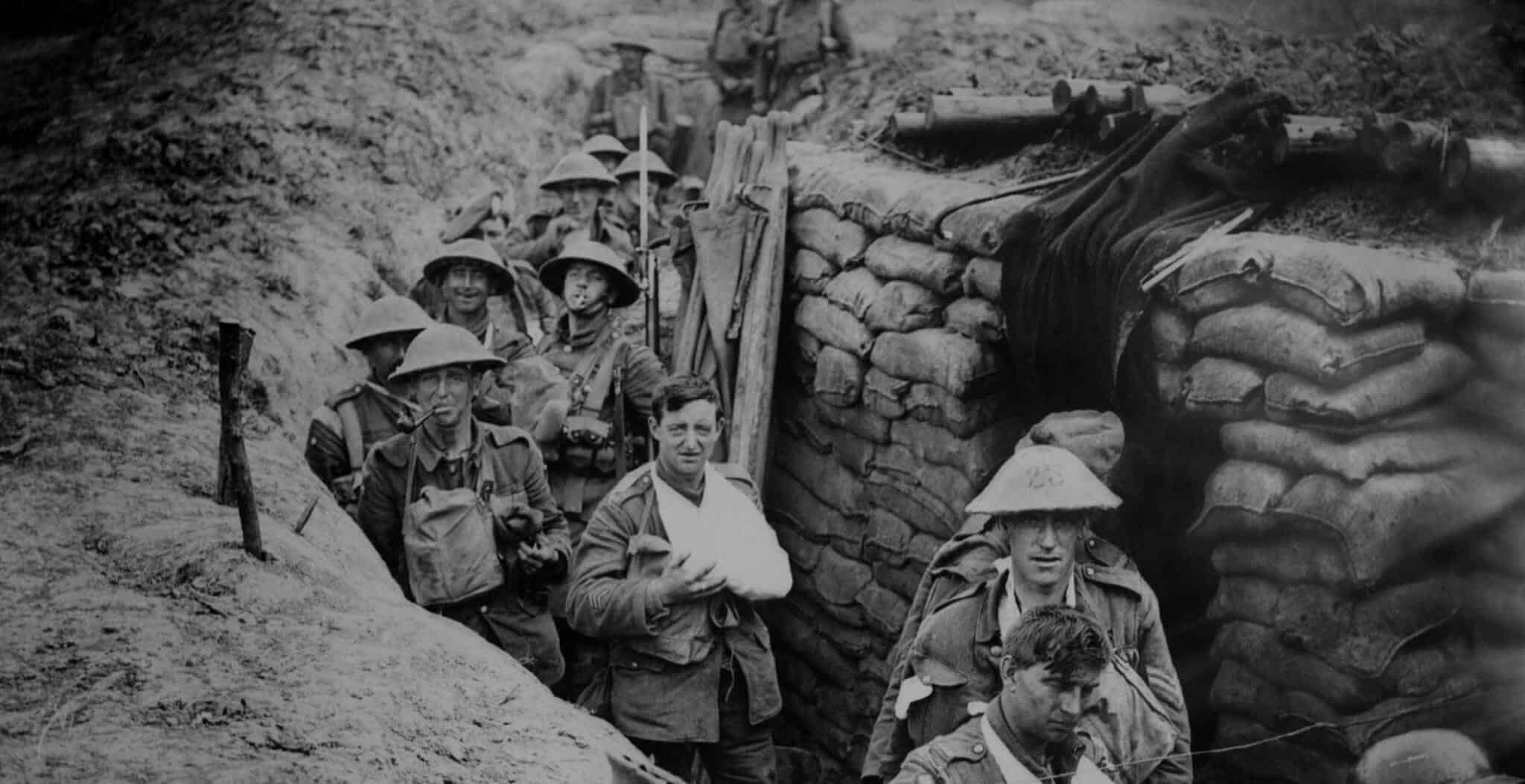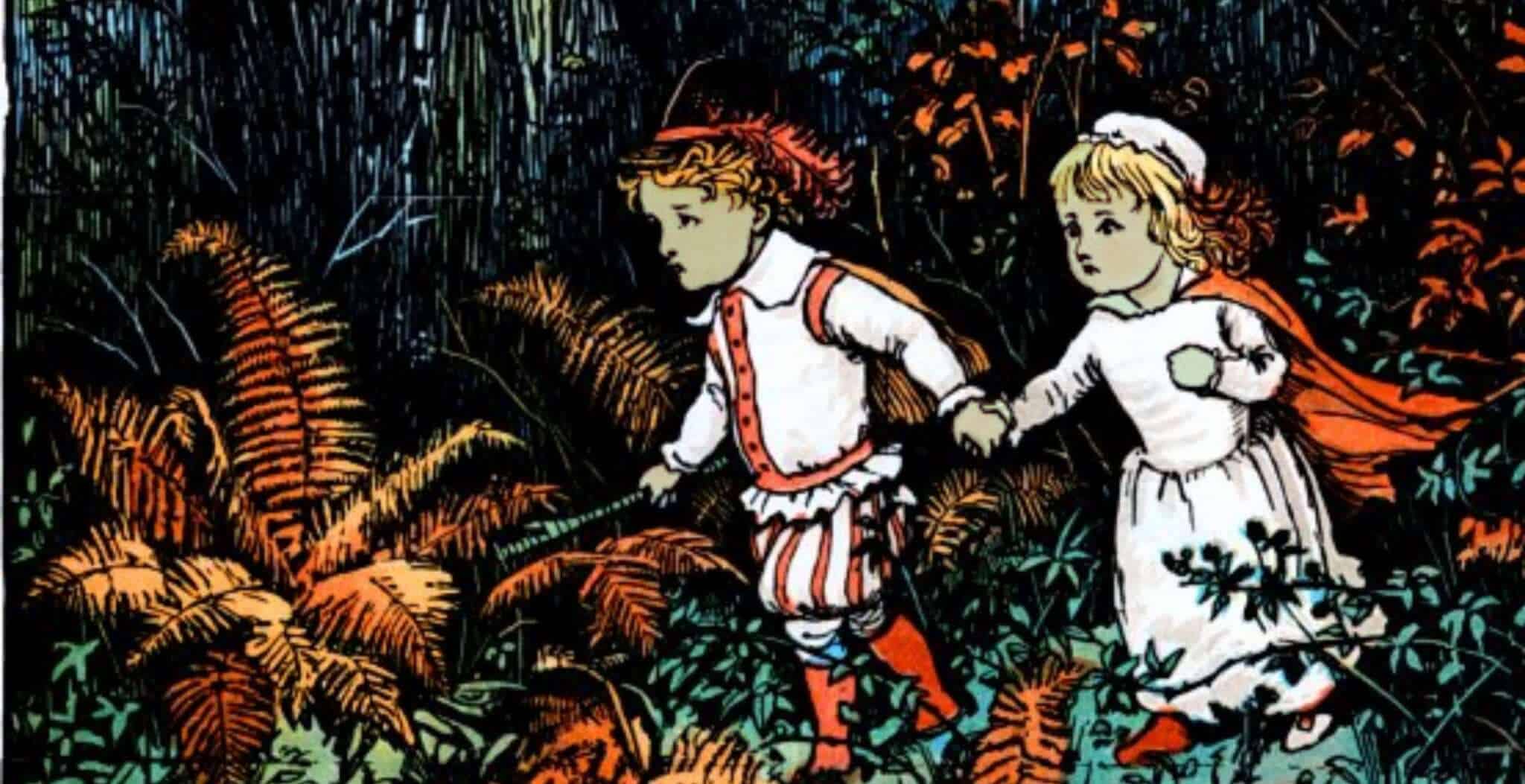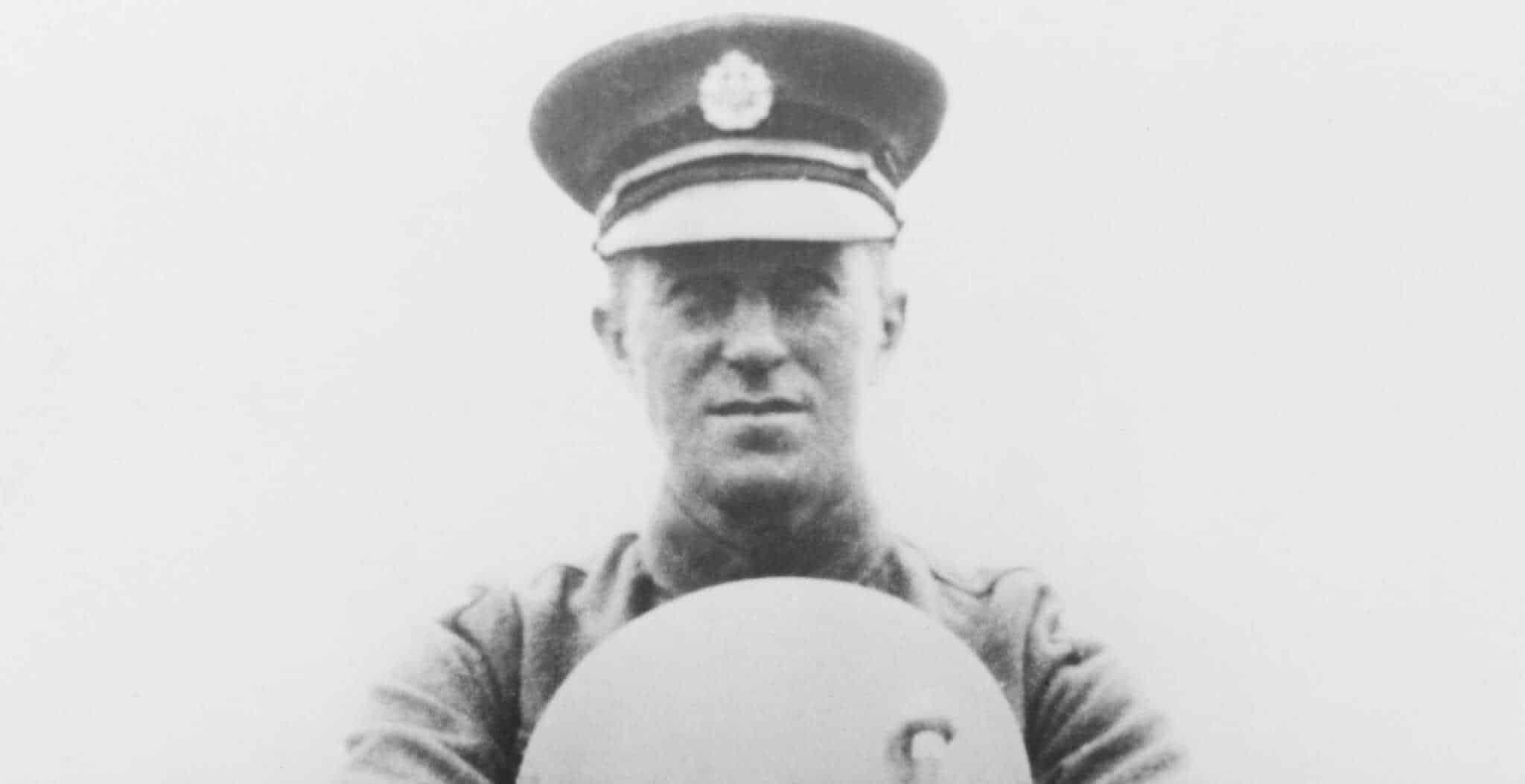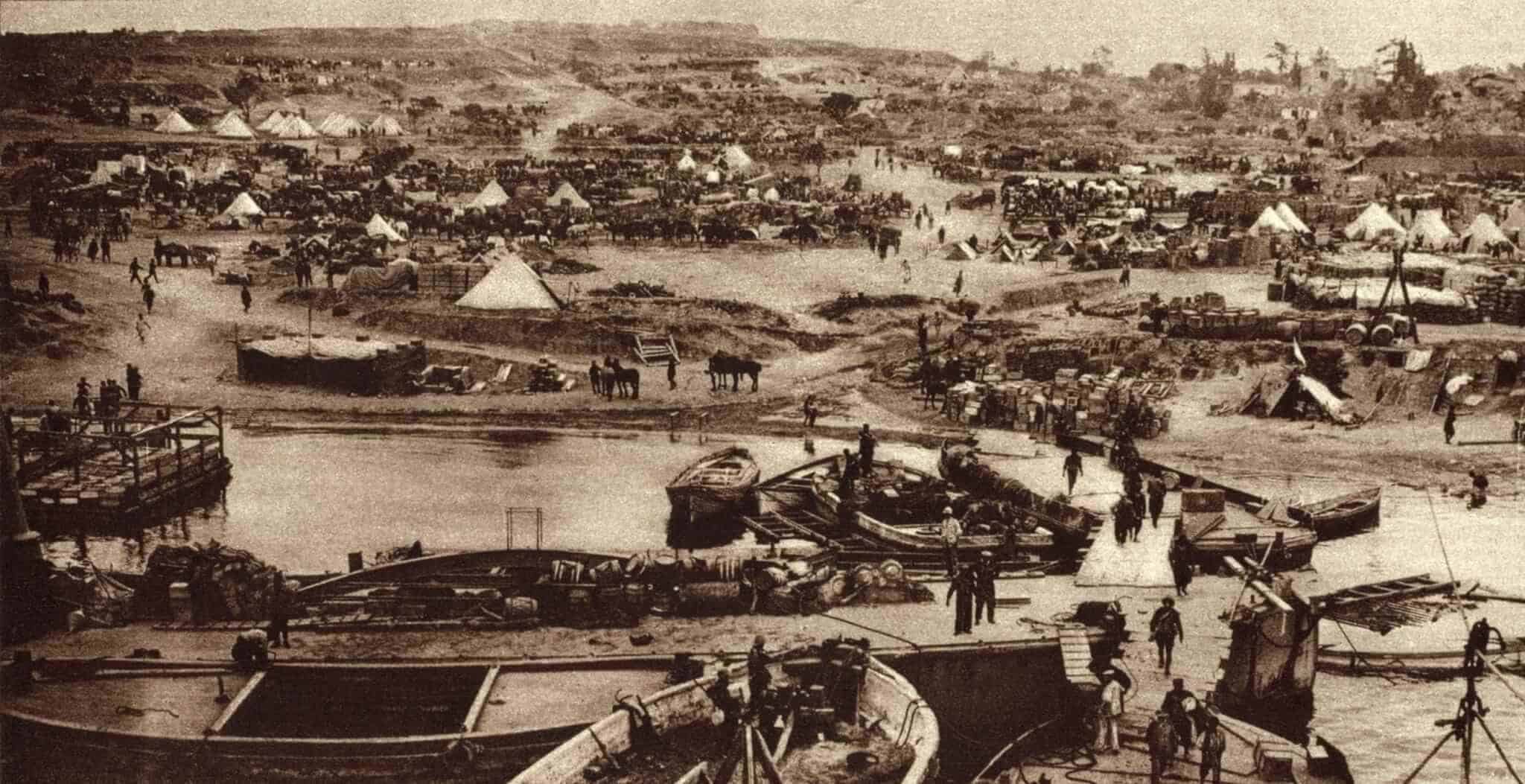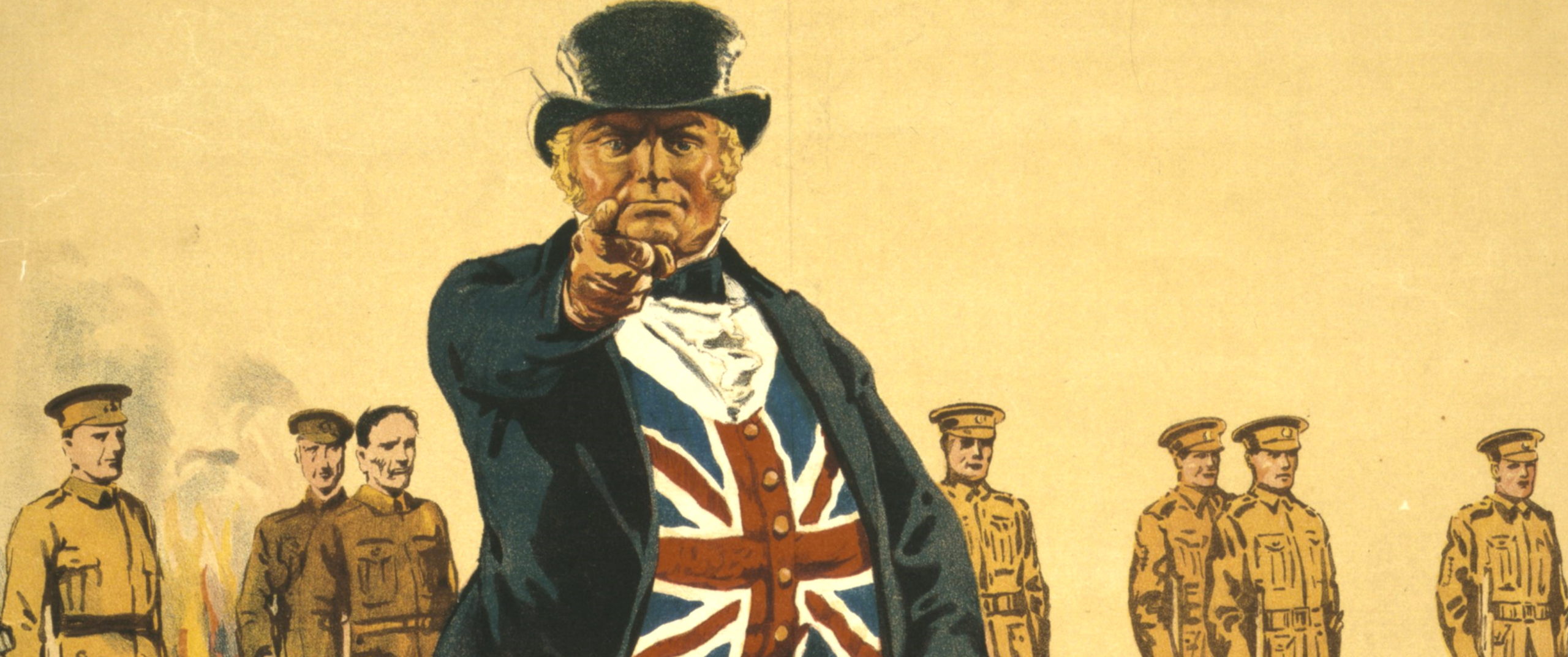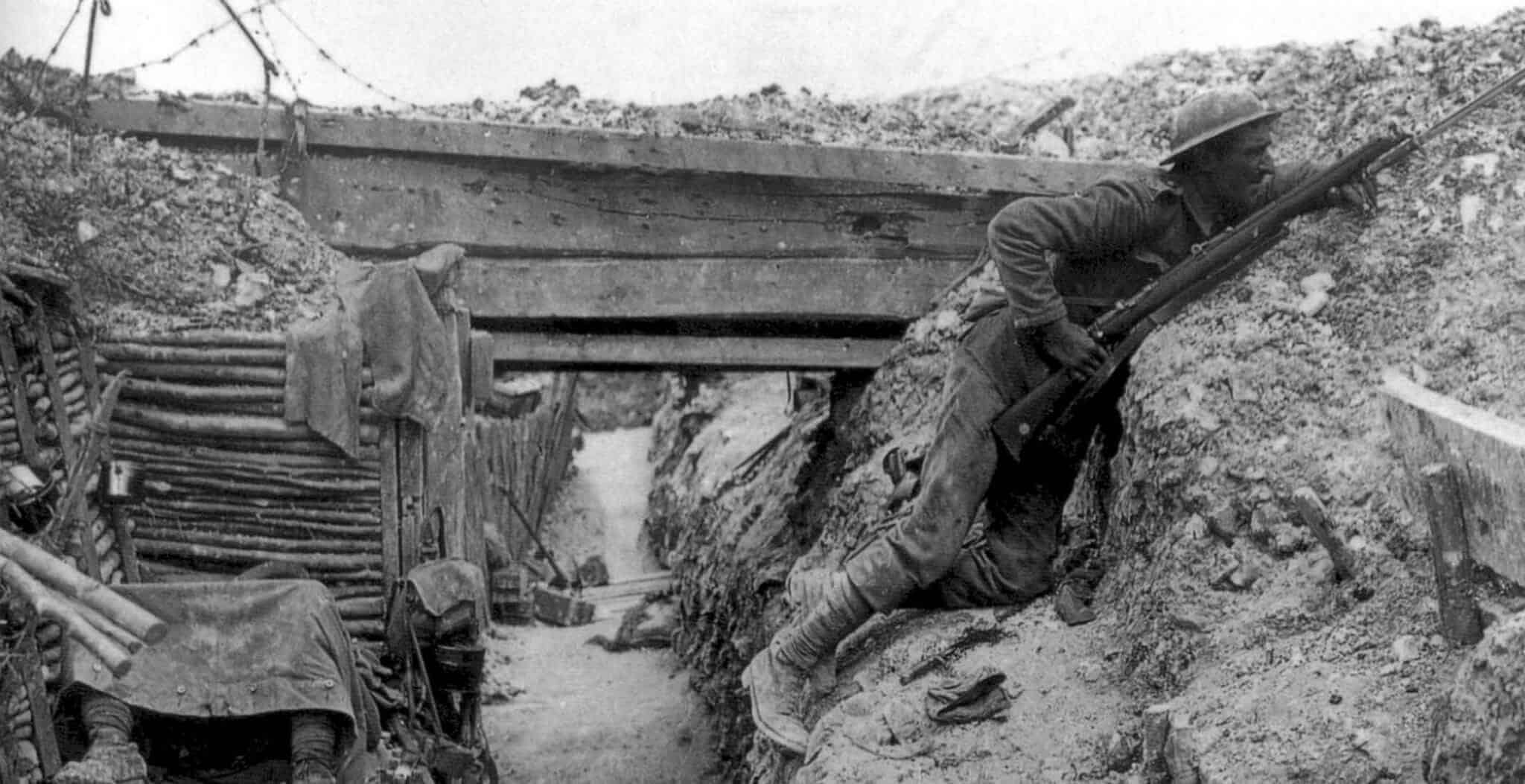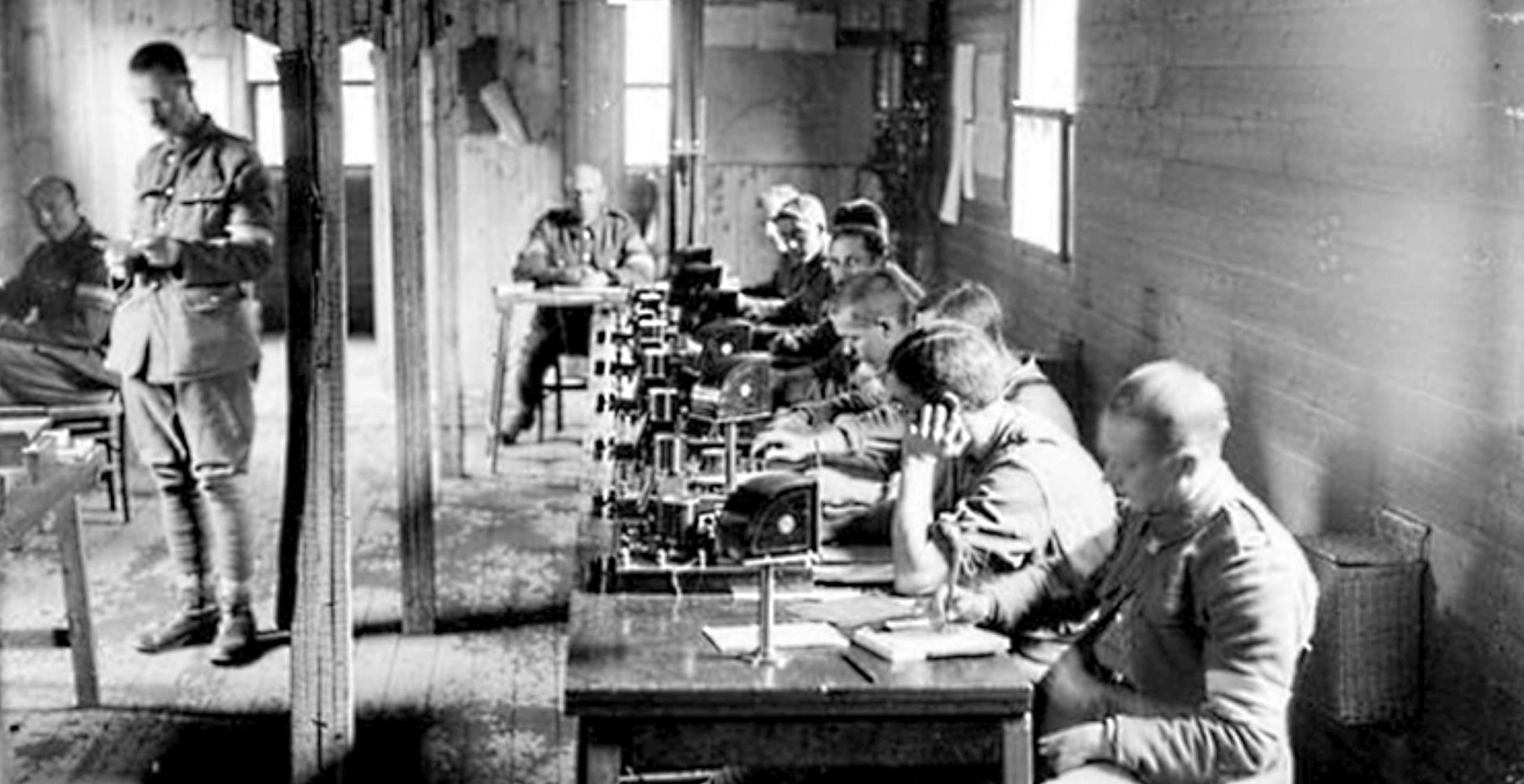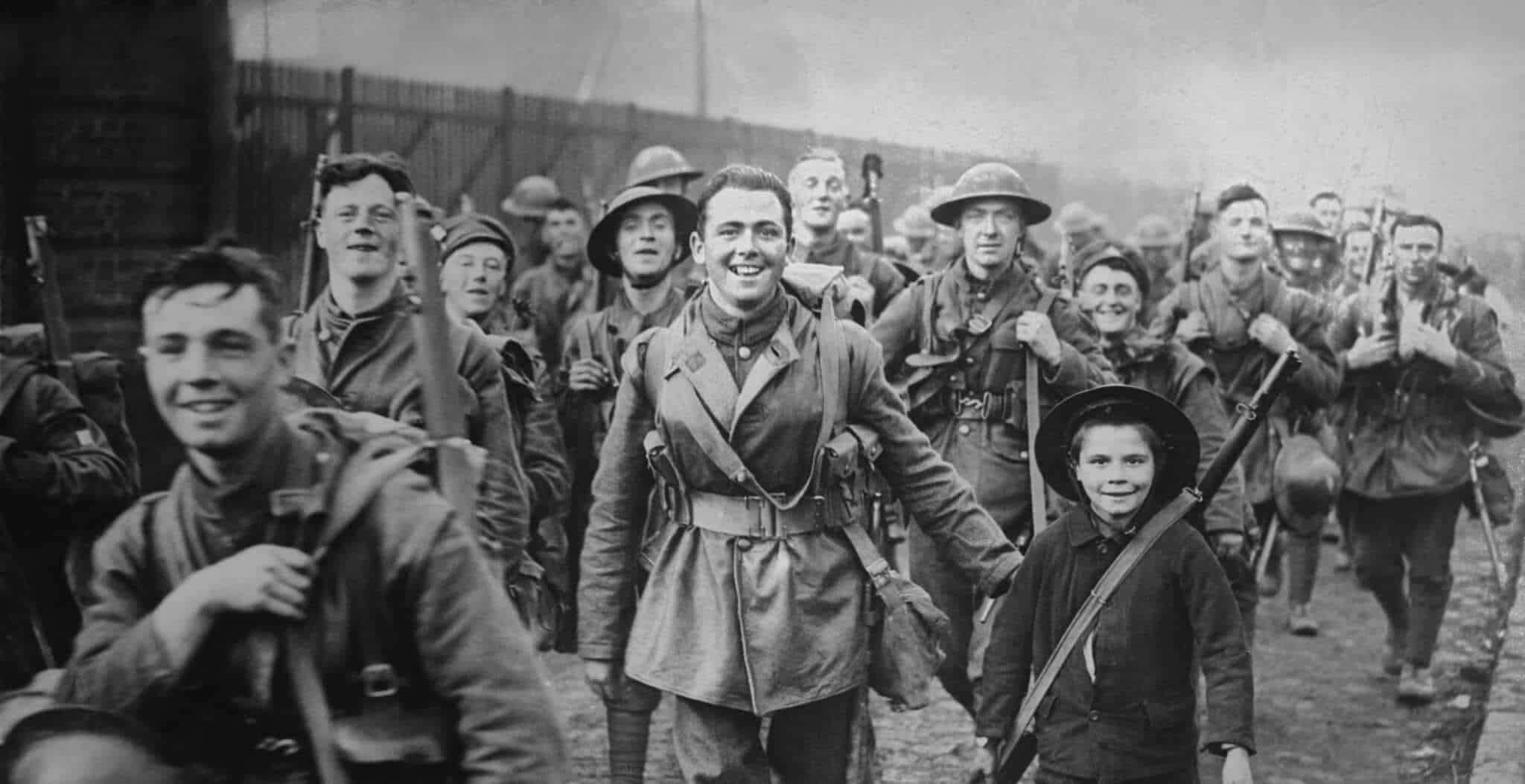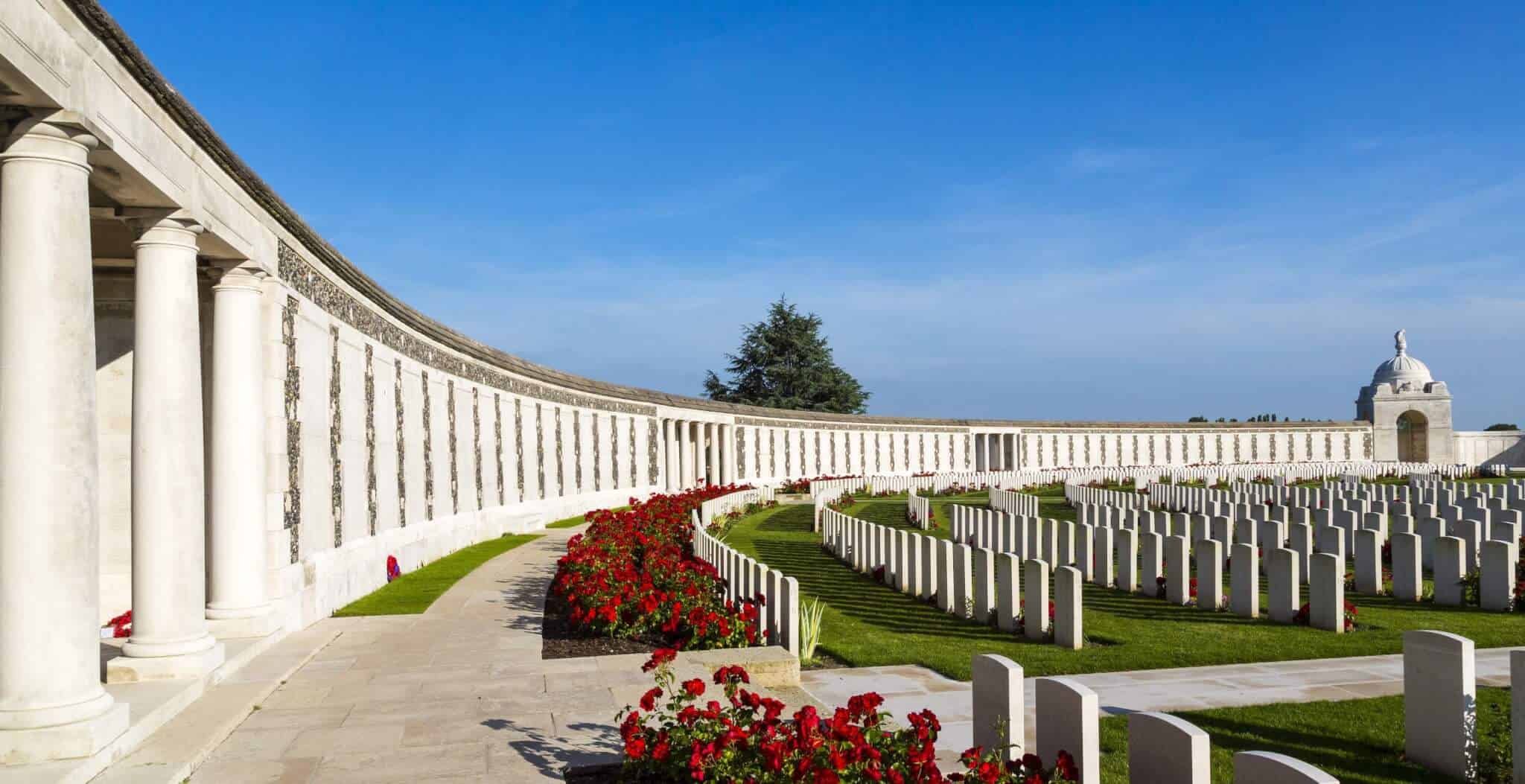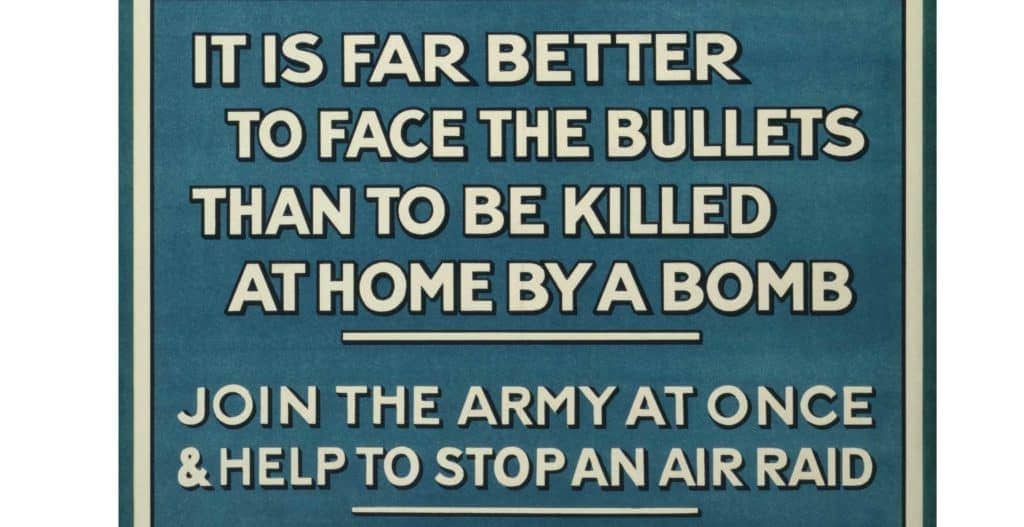The opening engagement on the Western Front was the Battle of Mons on 23rd August 1914. However after early battles of movement, the Western Front stagnated into trench warfare.
In 1915, efforts were made to break the deadlock with costly Allied offenses at Neuve Chapelle and later in September at the Battle of Loos. However the German defensive system, protected by machine guns and barbed wire, was too strong.
Around Ypres (pronounced ‘Wipers’ by British soldiers) the water table was too high to dig trenches. Instead, defences were constructed using sandbags and wood (called ‘breastworks’) and were heavily protected by barbed wire, the defining feature of the Western Front. The waterlogged conditions led to many soldiers developing trench foot, a fungal infection of the feet.
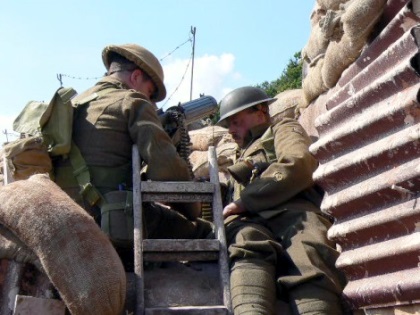
Animals played an important role on the Western Front in World War One. Dogs were used to send messages quickly from one base to another across the front line, as were homing pigeons. Around 20,000 dogs and over 100,000 pigeons served with British forces in the Great War.
On the Western Front, the birds were kept in mobile pigeon lofts. These lofts were either horse drawn or mounted on lorries (or even on London buses) and kept behind the front line. When needed, pigeons were taken from the lofts to the trenches in wicker baskets. Their homing instincts meant they could return to their loft even if it had been moved.
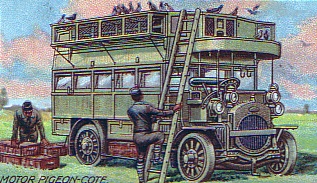
These brave birds not only had to contend with enemy fire but also with trained hawks which were employed to bring down the pigeons. However despite these dangers, the success rate for despatches sent by pigeon was around 95%.
It was becoming obvious that the deadlock of trench warfare would require something radical to break it. The British Army began to look at a new secret weapon being developed from agricultural tractors. These top secret vehicles were code named ‘tanks’ and the Tank Corps was formed.
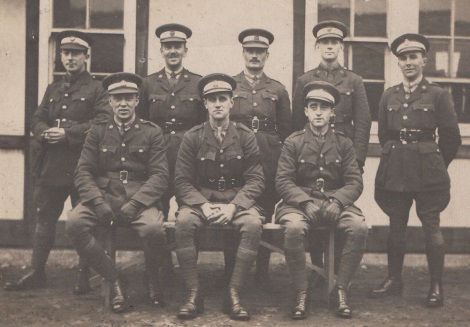
1916 saw a new major offensive, the Battle of the Somme, fought with new weapons. Aeroplanes had become a force to be reckoned with and dogfights were common as the two sides fought for aerial supremacy. On the ground, tanks were used for the first time in September 1916.
The following year 1917 was also dominated by trench warfare as the Allies tried to break the deadlock, with battles at Arras, Ypres (Passchendaele) and at Cambrai, where the Tank Corps made its name. Only in 1918 did movement return to the battlefield.
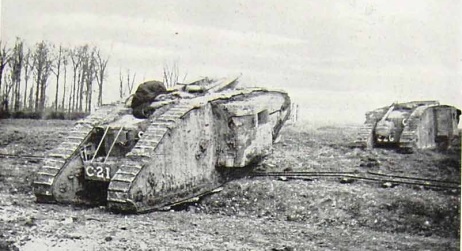
In the spring the Germans launched an all-out offensive before the Americans could arrive in large numbers. Later that year the Allies drove them back, using co-ordinated air-power, artillery and tanks.
Published: 30th December 2014.
